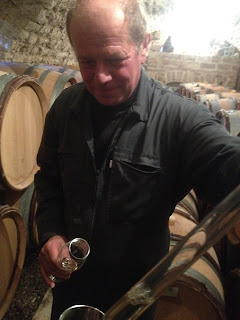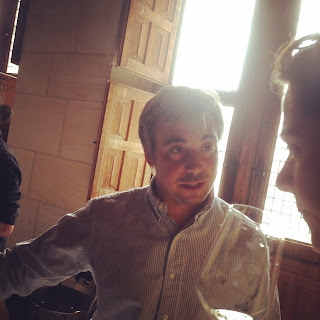Tiny cellar in Poinchy by Laurent Tribut.

Tiny cellar in Poinchy by Laurent Tribut. A very small vigneron with only 7 hectare as AC Chablis, Beauroy, Cote de Lechet and Montmains as premier cru. His approach is very traditional old barrel, minimal intervention only ambient yeast and Sulphur is used only for cleaning the barrel. his wines looks tight, cheesy and mineral.. As every good producer in Chablis the wine to get the right balance needs 5 to 7 years to express their potential, to me is one of the best Chablis producer. Last week in his cellar we tasted from the barrel all the 2015 Ac Chablis very express with less minerality but perfect acidity 1er Cru Beauroy the fattest of all his 1er cru, quite expressive with longevity and fattiness. 1er Cru Cote de Lechet quite limestone, shellfish fossil minerality as well body and fattiness but a bit more tight than Beauroy. 1er Cru Montmains is my favorite of all his cuvee reductive mineral with crazy acidity and quite salty…








